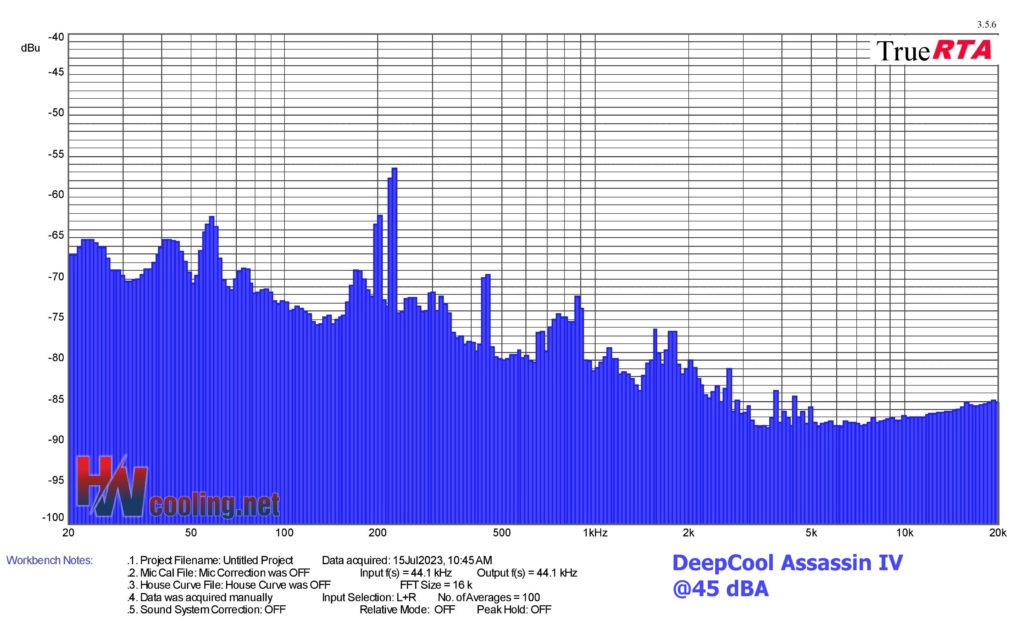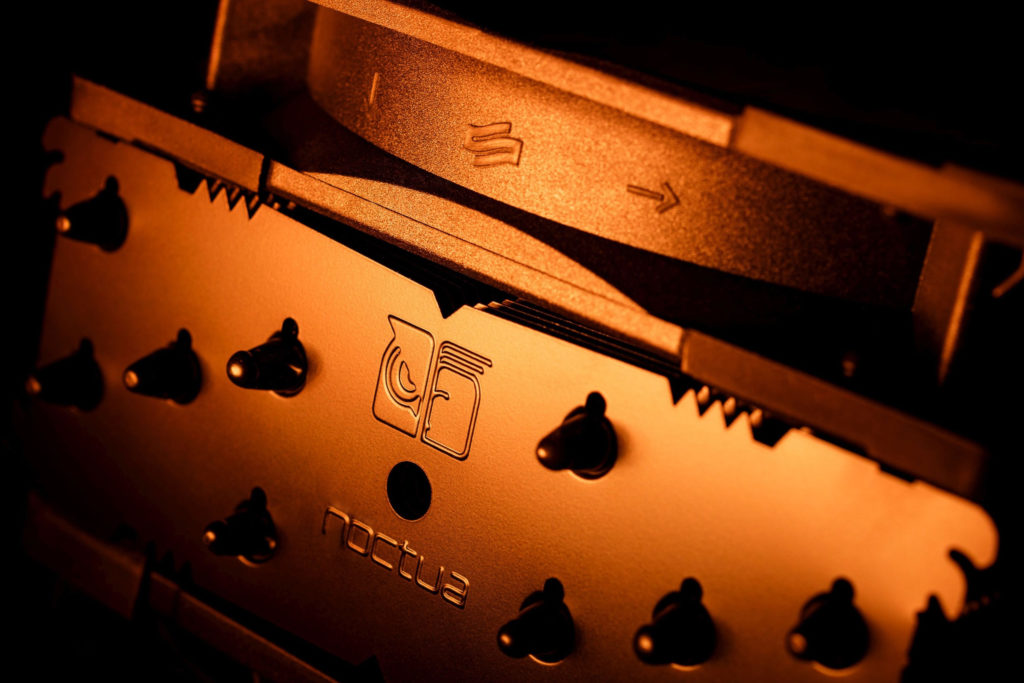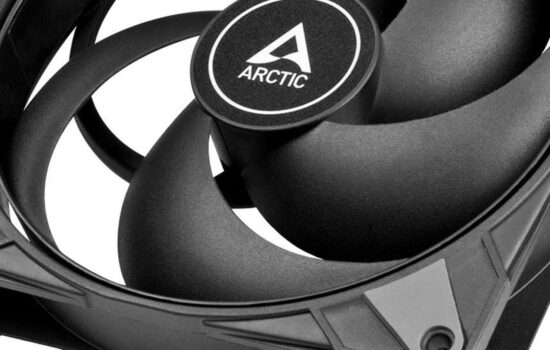Different heatsink, different sound
“Modifying” a cooler by replacing the fan with a relatively more efficient model may not always lead to the desired result. Sometimes you will get significantly less improvement than you would expect, other times you may even be worse off. This means that at equal noise levels, you will achieve lower cooling performance, and it doesn’t really matter what fan you use. Sometimes the design of the heatsink has the final say.
Different heatsink, different sound
Let’s start with a fairly common situation: a user buys a cooler and along with it fans with which they plan to replace the original ones. Naturally, this is in the belief that they will achieve quieter operation, at least while maintaining the original cooling performance. However, such thinking can be misleading. Different fans have different reactions with different heatsinks, and it may well happen that even with a high-end fan, you end up with only comparable results to the original solution, which includes a fan with a relatively weaker efficiency.
In the previous sentence, the word “relative” is important, referring to xy other situations where the included fan would really be weaker, but in combination with the heatsink it comes with, it is the exception. And often it’s not any coincidence, but the fact that the manufacturer has gone to the trouble of making sure that a particular fan “plays well” with a particular heatsink, referring to psychoacoustic optimization. This phrase may put a smirk on someone’s face, but psychoacoustics is a serious scientific field that deals with the study of sound perception. The aim of psychoacoustic optimizations in coolers, then, is naturally to make the perception of sound as pleasant as possible for the human being, the least disturbing.
Such psychoacoustic optimizations can take place at different levels. Firstly, at the level of the fan itself, typically by suppressing the vibrations generated on the blades so that tonal peaks do not occur in an operating range, which as you know from our tests doesn’t always happen. Or then by eliminating the resonant frequencies that are caused by airflow over a particular obstacle. This is made possible by many design details that literally break up the tonal peaks. With dual-tower coolers, even just setting the “correct” spacing of the front tower from the center fan or adjusting the edges of the fins through which the fan pushes air can have a significant effect. For this reason, the fins of many coolers are serrated. And the more effort a manufacturer puts into this, the more attractive the cooling performance-to-noise ratio can be achieved.
Even a cooler like the DeepCool Assassin IV has some gaps, meaning peaks in the sound frequencies from airflow in the 300–5000 Hz range, which can certainly still be lowered, which would allow this cooler to achieve higher fan speeds at the same dBA, and thus higher cooling performance per unit of noise.
The issue of psychoacoustic optimizations has been tackled, for example, by the developers of Endorfy in cooperation with Synergy Cooling. That’s why it was unclear to many how coolers like the Fera 5 or the Fortis 5 can, at equal noise levels, match the performance of competing models with significantly more impressive parameters. We know from our own tests that if you replace the original fan (Fluctus 120 PWM) on the Fera 5 with the high-end Noctua NF-A12x25 PWM, there can be a fairly drastic drop in cooling efficiency at very low speeds. This is despite the fact that on other obstacles, as you may also know from our fan analyses, this behavior does not occur. This is admittedly a rare situation, but one that you can fairly easily work your way up to if you don’t find the Fluctus 120 PWM on the Fera 5 to be “good enough” and swap it out for the NF-A12x25 PWM. With this Noctua fan, the SilentiumPC Endorfy heatsink achieves comparable results at best. In the imagination, before replacing the fans, the differences are usually greater.
Conversely, where replacing the fans makes sense is, for example, the situation on the DeepCool AK620 cooler, where the supplied FK120s rumble annoyingly. This sound is a significant bottleneck in adjusting fan speeds to a normalized noise level. If it weren’t for the tonal peaks at the lower frequencies, again, higher speeds could be achieved, with them higher airflow – higher cooling performance. But this is a case where the sound doesn’t come from the airflow, but from the vibration on the blades, so whatever heatsink design is used, you won’t get rid of it. So the only way to do that is by using other fans, such as the Noctua NF-A12x25 PWM. Even with one such fan, the DeepCool AK620 heatsink achieves significantly higher cooling performance per dBA than with two FK120s. This and many other test results of different heatsinks with different fans can be found in the graphs of the following chapters. Pavel Sekerka, for example, tested the Fera 5 heatsink with the Arctic P12 PWM PST or the Fortis 5 with the Noctua NF-A15 PWM, where you’re also not better off compared to the original solution.
Lesson: Sometimes the supplied fans with cheaper coolers should not be looked at too skeptically, they can do an excellent job even with mediocre parameters, as long as the heatsink is well prepared for them.
English translation and edit by Jozef Dudáš
- Contents
- Different heatsink, different sound
- Results – 36 and 39 dBA
- Results – 42 dBA and maximum speed















I think this article would benefit greatly from having frequency analysis, so for example it can be seen how the tonal peaks are broken up.
I know, you’re right. But the data for this article was generated long before Pavel started (just recently with DeepCool Assassin IV) to do frequency analysis of sound. The original aim of the tests of different heatsinks with different fans was simply not such that this article is going to be written about them. But we will certainly come back to it sometime, even with spectrograms.